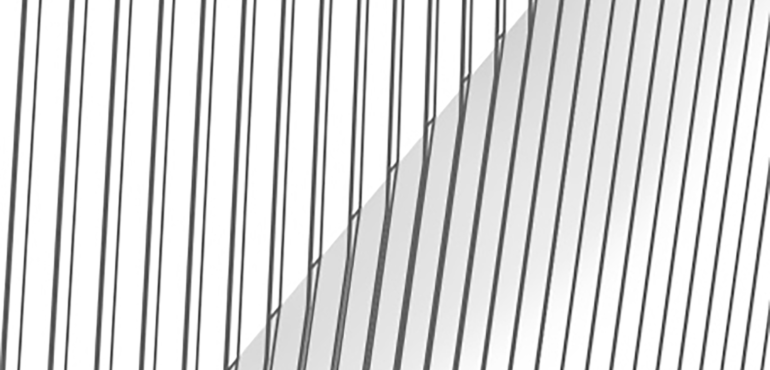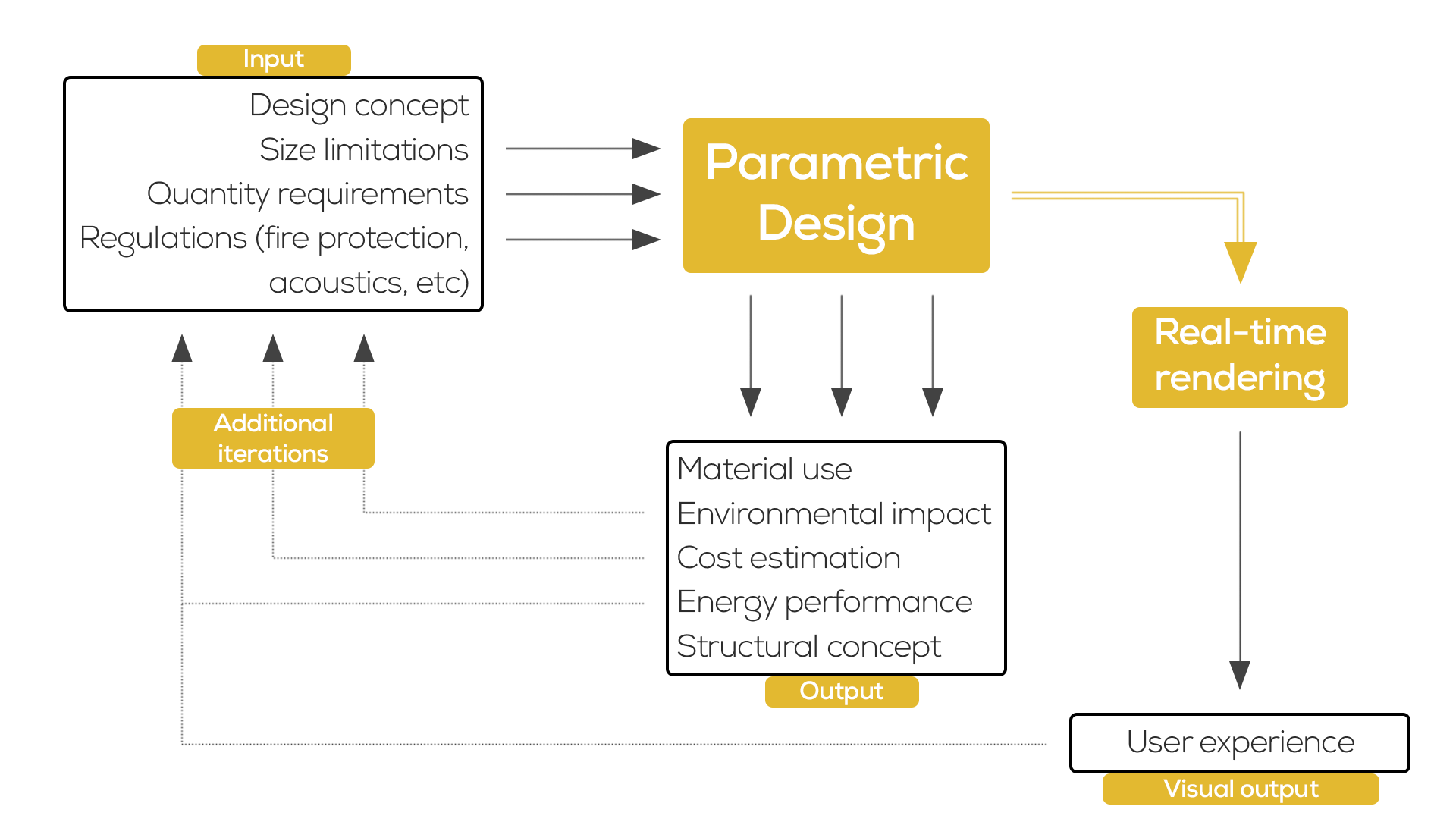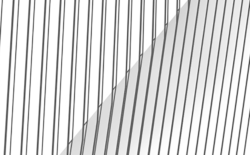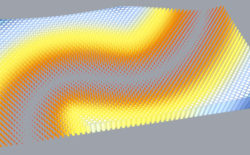Parametric Architecture
Parametric design is a innovative design process which focuses on the use of algorithms. Thanks to them, it is possible to establish relationship between elements and control them in ways not possible by traditional design approaches. The easiest way to incorporate algorithms is by using them for imposing external requirements of the project. This means that different limitations of the project become integral part of the design. Thanks to this, it is possible to have a better control over the project and go outside of conventional architecture.
The other very important trait of the parametric design is the possibility to generate almost infinite number of solutions in the real time. When the algorithms are controlling the large number of elements or their specific shape, the changes are instantaneous and bring much more liberty to the designer. Also the algorithms could bring the output data for all the design decisions made in the process, decreasing the possibility for surprises or mistakes.
This innovative technology is later easily integrated into the contemporary production and construction technologies. In the presented cases and examples, combining parametric design and real time rendering brings the top level user experience and provides a very transparent design process. The data from the algorithms quantifies the construction and the real time rendering provides the notion of how the project will look. All this is bringing a freedom and capacities which allow creation of unique and specific solutions.
Go Parametric examples
New Tardini stadium (2021; Parma, Italy)
Handball arena (2021; Cairo, Egypt)
Peabody’s coffee shop (2017; London, UK)
Various examples of the parametric architecture from the world
Parametric facades
Parametric transport hubs
Parametric stadiums and arenas
Parametric walkways and canopies






